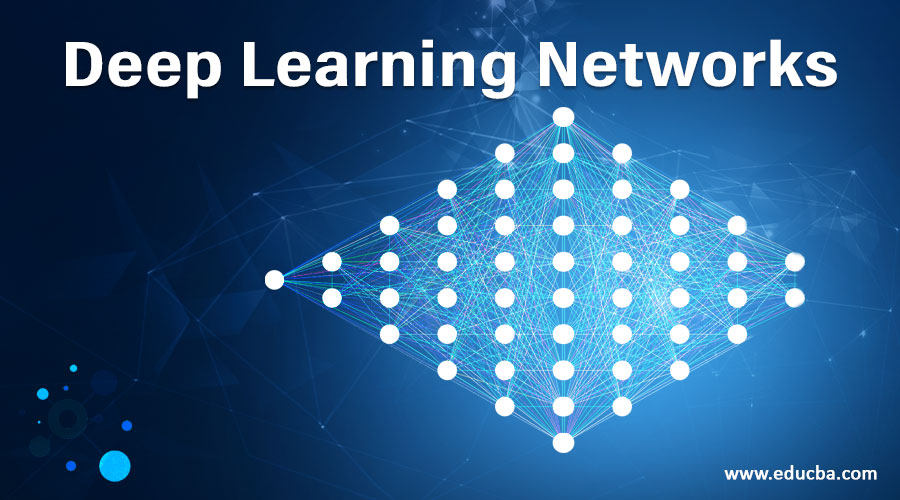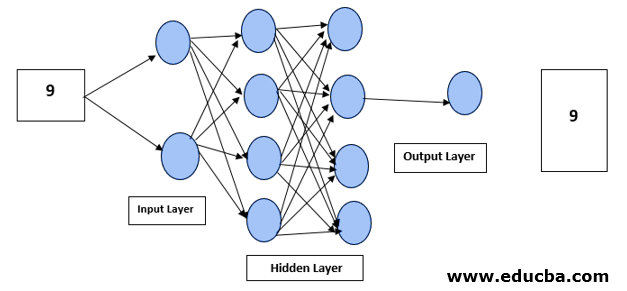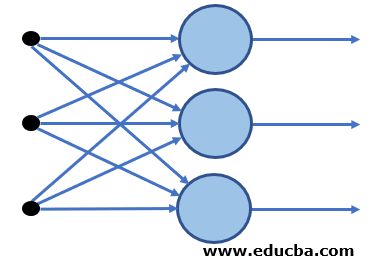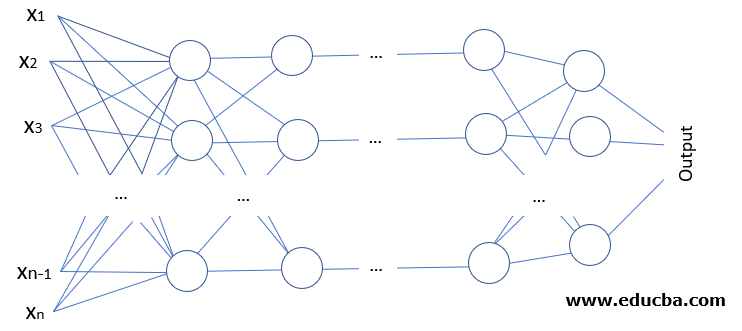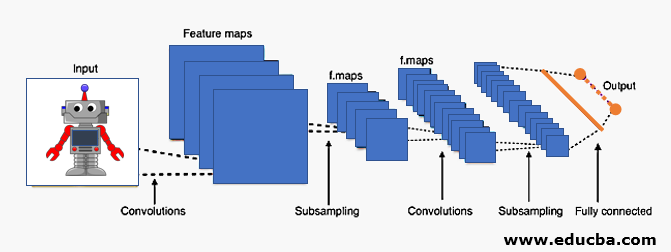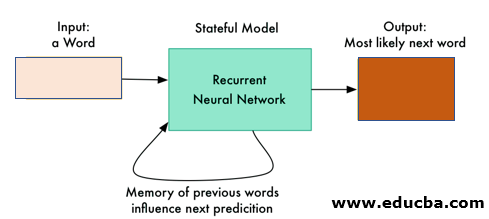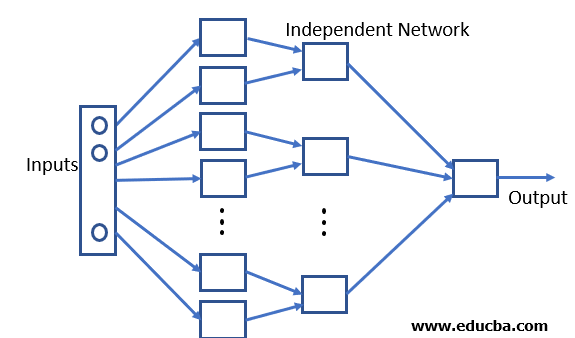Updated May 8, 2023
Introduction to Deep Learning Networks
Deep Learning networks are the mathematical models that are used to mimic the human brains as it is meant to solve the problems using unstructured data, these mathematical models are created in form of neural network that consists of neurons. The neural network is divided into three major layers that are input layer( first layer of neural network), hidden layer (all the middle layer of neural network) and the output layer(last layer of the neural network.). Based upon these types of data we will deal with these neural networks that are classified as a feed-forward neural network, CNN, RNN, Modular neural network, etc.
Working of Deep Learning Networks
Let’s see the working of the network in general.
Consider the above neural network which will help predict the image of digits
- There is an image of number ‘9’ which is 28 x 28 pixels.
- All of the pixel that is 28×28 = 784 pixels are fed into the input layer
- All those neurons have a value called an activation function so when evert that number is met that particular neuron will get fired and the value will pass to the next layer that is the hidden layer
- The same procedure will follow for both the hidden layers.
- After the hidden layer’s operation is done the control will go to the output layer this control flow that is from the input layer to the output layer is called forward propagation
- Once the output is generated in the output layer it will get matched with the actual output of the number ‘9’ and the deviation between the predicted and the actual output will be calculated that is known as the loss function.
- Once the loss is calculated that the same information is passed back from the output layer to the input layer via those hidden layers. This phenomenon is called the backpropagation
- And then the inputs are adjusted accordingly and the network gets trained
Types of Deep Learning Networks
Now let’s see what are the different types of deep learning networks available
1. Feedforward neural network
- This type of neural network is the very basic neural network where the flow control occurs from the input layer and goes towards the output layer.
- These kinds of networks are only having single layers or only 1 hidden layer
- Since the data moves only in 1 direction there is no backpropagation technique in this network
- In this network, the sum of the weights present in the input is fed into the input layer
- These kinds of networks are used in the facial recognition algorithm using computer vision.
2. Radial basis function neural networks
- This kind of neural network have generally more than 1 layer preferably two layers
- In this kind of network, the relative distance from any point to the center is calculated and the same is passed towards the next layer
- Radial basis networks are generally used in power restoration systems to restore the power in the shortest span of time to avoid blackouts.
3. Multi-layer perceptron
- This type of network are having more than 3 layers and its used to classify the data which is not linear
- These kinds of networks are fully connected with every node.
- These networks are extensively used for speech recognition and other machine learning technologies.
4. Convolution neural network (CNN)
- CNN is one of the variations of the multilayer perceptron.
- CNN can contain more than 1 convolution layer and since it contains a convolution layer the network is very deep with fewer parameters.
- CNN is very effective for image recognition and identifying different image patterns.
5. Recurrent neural network
- RNN is a type of neural network where the output of a particular neuron is fed back as an input to the same node.
- This method helps the network to predict the output.
- This kind of network is useful in maintaining a small state of memory which is very useful for developing the chatbot
- This kind of network is used in chatbot development and text-to-speech technologies.
6. Modular neural network
- This kind of network is not a single network but a combination of multiple small neural networks.
- All the sub-networks make a big neural network and all of them work independently to achieve a common target.
- These networks are very helpful in breaking the small-large problem into small pieces and then solving it.
7. Sequence to sequence models
- This type of network is generally a combination of two RNN networks.
- The network works on the encoding and decoding that is it consists of the encoder which is used to process the input and there is a decoder which processes the output
- Generally, this kind of network is used for text processing where the length of the inputted text is not as same as outputted text.
Conclusion
In this article, we have seen what is meant by deep learning and what are all the different deep learning networks currently used in the market. We have also seen the intricacies of the working of all those networks and the application of those networks.
Recommended Articles
This is a guide to Deep Learning Networks. Here we discuss the working of deep learning networks along with 7 different types in detail. You may also have a look at the following articles to learn more –

